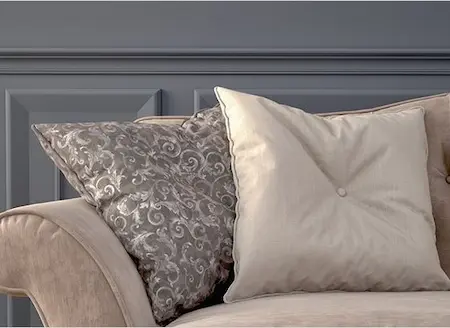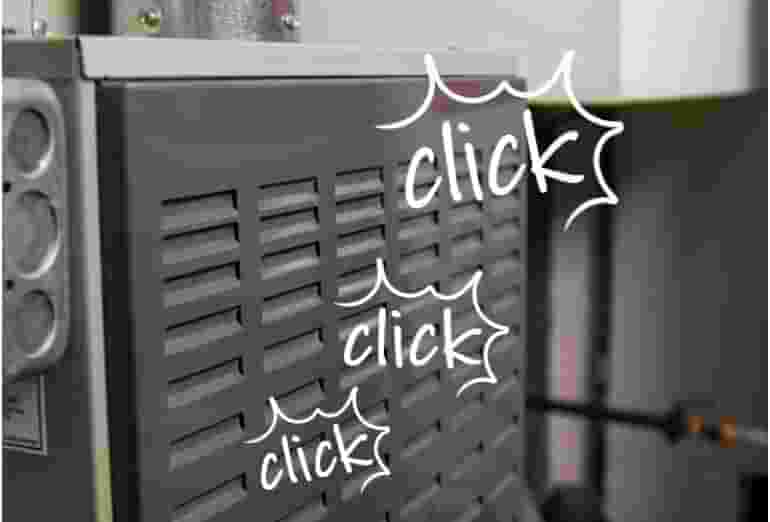Similar to how certain paints and tiles should be used in different areas of your home, there are various types of drywall that work best in specific locations.
Your typical drywall, made with a gypsum-based core, works very efficiently in your living room, dining room, and bedrooms – but what about those areas where water can come in contact with the drywall? There is a specific type of drywall designed for these types of areas, and it’s commonly referred to by drywall contractors as “green board.”
WHAT IS GREEN BOARD?
Green board is a general term for drywall that can withstand high moisture or humidity. Although it is being phased out in modern construction, you might still come across it or need it for a project around the house.
Green board is easier to install and less expensive than cement board alternatives. As the name implies, one side of the green board is green, which helps installers identify this type of drywall and also helps with installation – since green board is green, it helps installers identify which areas need more mud than others.
IS GREEN BOARD WATERPROOF?
Green board is water-resistant – it is not waterproof. Green board is highly efficient in bathrooms and kitchens, where moisture is frequently in the air, but it is not the drywall that should be set behind tile in your shower or any other areas where it can come in direct contact with water.
There are a few different options for drywall that will come in contact with water, including cement board.
HOW TO INSTALL GREEN BOARD
Green board installation is very similar to regular drywall installation:
- Measure the area you would like to add drywall to.
- Score your drywall according to the measurements you took. Once the drywall is scored, bend the board to snap it along the scoreline. Next, use a sharp utility knife to make a clean cut through the paper.
- Attach the drywall to your framing studs with drywall screws or nails.
- Use drywall tape (extending from top to bottom) to cover the seam between the pieces of green board.
- Apply mud to the taped areas and fill in the indents left from your screws with this same material. Next, sand the drywall mud and either apply more coats of mud (depending on what level finish you want) or apply primer and paint.
Professional Drywall and Green Board Installation
If you’re installing water-resistant drywall or need help completing any part of your home project, contact your local Mr. Handyman online or give us a call at (877) 685-1377. With years of experience, Mr. Handyman is the one-call solution for all of your drywall repair and installation needs.
 Click to call
Click to call




